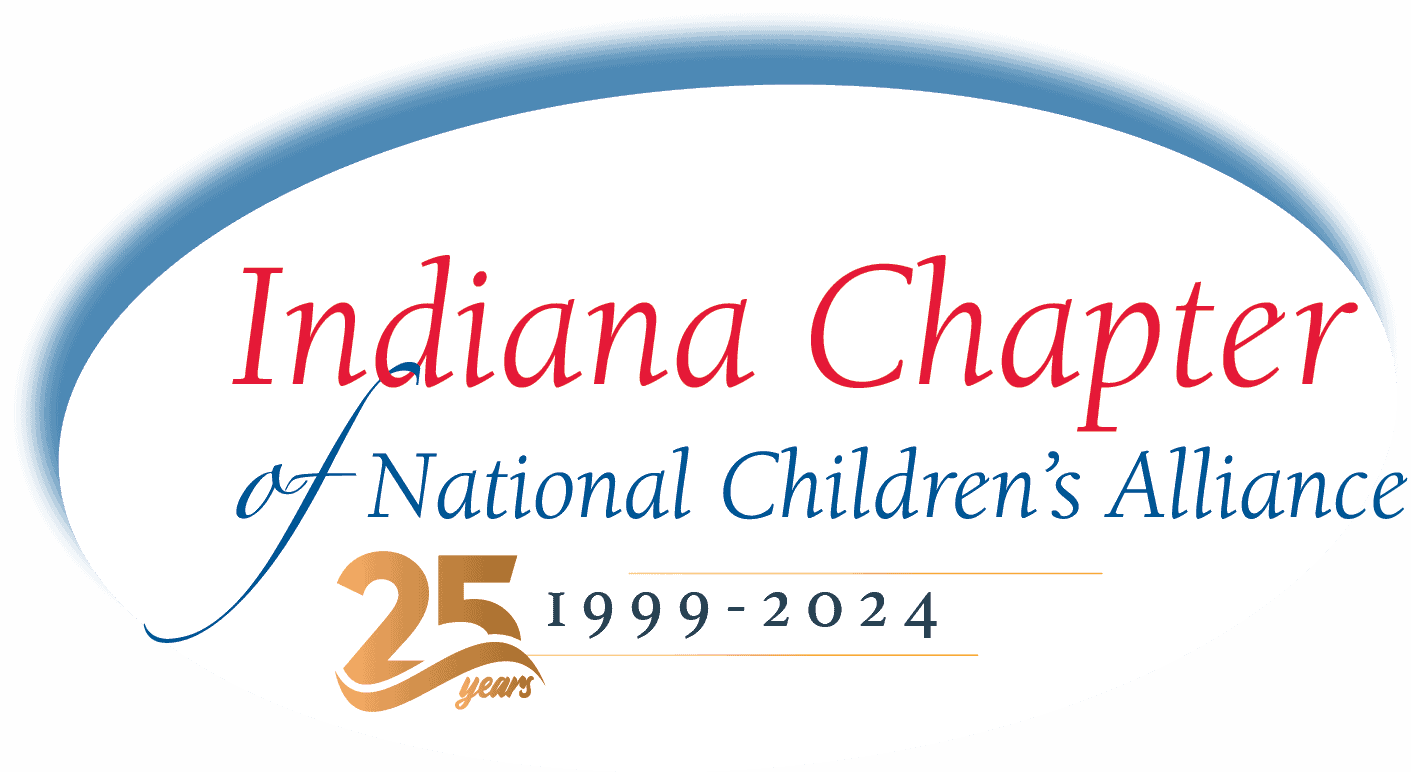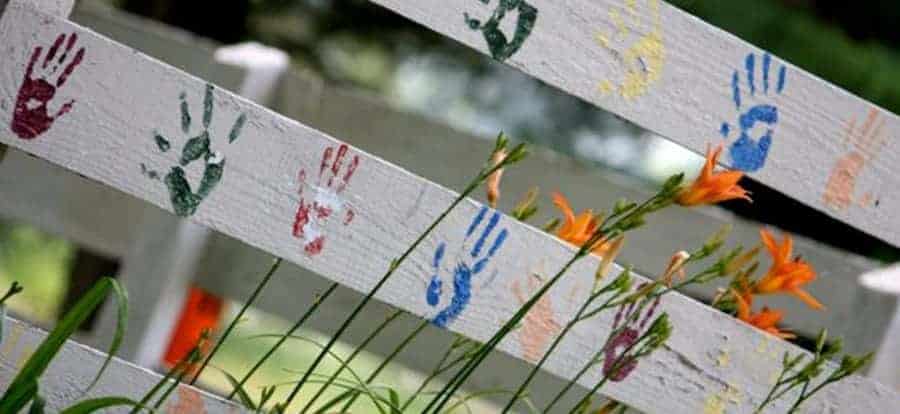Here’s what to look for, how to approach someone, and what’s being done
Indiana has spent nearly 15 years in the top ten of national lists of teen and youth suicide rates. As of 2016, Indiana ranks tenth in youth suicide rates and first in suicide ideation or the number of young people who report thinking about suicide and developing a plan to do so. The ideation rate was last reported at 19%, nearly double the national average. Within Indiana, “Accidents” is the number one killer of Hoosiers age 15-24, mostly from automobile deaths. But in second place is suicide.
“This is bigger than homicide, but we don’t talk about the suicide. I don’t think things are getting better,” says Melissa Peregrin, the Director of Operations and Lifelines Program Director for Chaucie’s Place in Hamilton County. Peregrin’s role at Chaucie’s Place comes from a position of care borne from personal experience, her teenage children, and recognizing the risks of walking away from or ignoring people with suicidal thoughts.
Signs of suicidal thoughts
Peregrin notes “Depression is the leading cause of suicide, and it’s the most preventable thing. But it’s hard in rural areas where mental healthcare is limited. It’s about depression and anxiety.”
Common signs of youth depression, anxiety, and suicidal thoughts include:
- Sudden irritability or anger
- Poor school performance suddenly or for prolonged periods
- Changes in appetite or sleep habits
- Frequent crying
- Lack of concern for themselves, others, and for general well-being
- Aloofness or a sense of overall sadness beyond grieving
- Dark or sullen artwork and writing
“Teenagers are sometimes sullen anyways, almost by nature. But I always point out artwork and writing. It may turn dark and talk about death or how life doesn’t matter. If you’re a teacher or parent and notice that, it’s worth having a conversation about,” says Peregrin. She adds, “Risk factors don’t mean they’re going to attempt suicide. It just means you need to look a little further.”
“I think social media factors into this, too,” says Peregrin. “We know online bullying can be an issue, but adults and youth alike check in on Facebook or Instagram and see everyone’s lives that look perfect. You see vacation photos and all the positive, but not the reality people are usually hiding. It can make people feel alone.”
How to approach someone you suspect is having suicidal thoughts

“The easiest question to ask, but the hardest to make yourself say because you feel like you might plant the idea, is, “Are you having thoughts of killing or harming yourself?””, says Peregrin. “You have to be direct. And the research shows you’re not going to plant the idea in someone’s mind by asking.”
Parents and friends should watch behavior, but watch carefully what a teen is Googling. They may search for ways to carry out a suicide attempt through drugs, alcohol, or weapons. “This is not a one-time conversation,” says Peregrin. If there are methods available nearby, like weapons or medications, secure them. Drugs and alcohol can also temporarily lower a person’s willpower and inhibitions to not act on suicidal thoughts.
“If a friend is having suicidal thoughts, you can’t keep that secret. You’re not telling on them by getting an adult’s help, you’re telling for them.” Peregrin says teens most often turn to the person least equipped to help, often a peer.
Public response to suicide, legislation, and programs like Lifelines
“We’re a little behind the curve on dedicating funding and studying teen suicide in Indiana,” says Peregrin. “Tennessee has an incredible program and we’re modeling ours after theirs. It’s the model for how you do suicide prevention and education,” she says.
Lifelines is a program purchased by Chaucie’s Place and provided to schools to help school staff and volunteers identify the signs of suicide. “This is a nationally-recognized program. Our namesake, Chaucie Quillen, took her life after years of sexual assault. This fits right with our mission.”
The program includes spending an hour with staff and volunteers and training them on signs of suicidal ideation. “We try to get them to be comfortable when those signs exist,” says Peregrin. “Teachers are with students eight hours a day. It’s more waking hours than just about anyone else.”
“We don’t expect everyone to come out a mental health professional, but they get to learn a few questions they can ask to make a connection,” she says. The training provides teachers and volunteers with the skills to then speak in front of groups or classes of students about suicide.
“The great thing about this program is it teaches teens how to recognize signs in others and themselves,” says Peregrin. Lifelines also helps schools develop their internal policies on suicide prevention and reaction.
“We’ve been made aware that within a day of doing a staff training at one school, a teacher recognized the warning signs the very next day. They asked if the child was going to harm themselves, they said yes, and they were able to get them some help. The signs had probably always been there. They just didn’t know what to look for.”
The Indiana Legislature has passed and forwarded House Bill 1430 for the Governor’s signature, which would require Indiana schools to provide at least two hours of suicide prevention training every two years to those who have direct contact with students in grades 7-12. Schools are currently required to provide new teachers with this training. The Lifelines program at Chaucie’s Place is designed for grades 8-10 and is expanding in high-risk rural counties in central Indiana through a Suicide Zero grant provided by Community Health Network. To learn more about Lifelines, visit http://chauciesplace.org/lifelines-youth-suicide-prevention.




